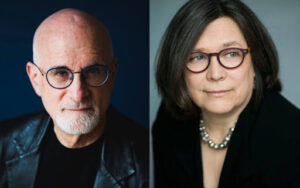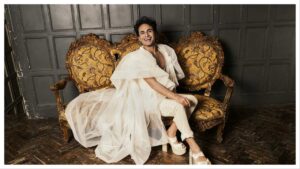
Taskmaster creator Alex Horne reveals how his childish show became an unlikely global TV juggernaut – and why it’s about to get even bigger If, less than a decade ago, somebody had told you the world’s hottest comedy show would feature comedians Rhod Gilbert gaffer taping his eyes open to stop himself blinking, Josh Widdicombe tattooing Greg Davies’ name on his left foot or Mel Giedroyc struggling to wolf down a 10-layer sandwich stuffed with chocolate, you would not have believed them. And yet, since it launched in 2015, these indignities (and others, such as Romesh Ranganathan speed-eating a whole watermelon off the floor, or Man Down star Mike Wozniak shaving his head into a mohawk) have turned Taskmaster into a TV juggernaut. For the uninitiated, each UK series sees five comedians complete a series of challenges set by Alex Horne, the show’s creator and chief ideas generator, and judged by Davies as the all-powerful Taskmaster.
The ultimate prize at the end of 10 episodes is a gold-painted papier-mâché bust of Davies’s head. [Hosts of the NZ version are Jeremy Wells and Paul Williams.] The games range from the straightforward (eat an egg in the fastest time possible, dance to a set of ringtones), to the wacky (put three massive exercise balls on a yoga mat on the top of a hill, paint a picture of a horse while riding a horse) and the downright weird (give Alex a “special cuddle”, impress the mayor of Chesham, Hertfordshire).

.














